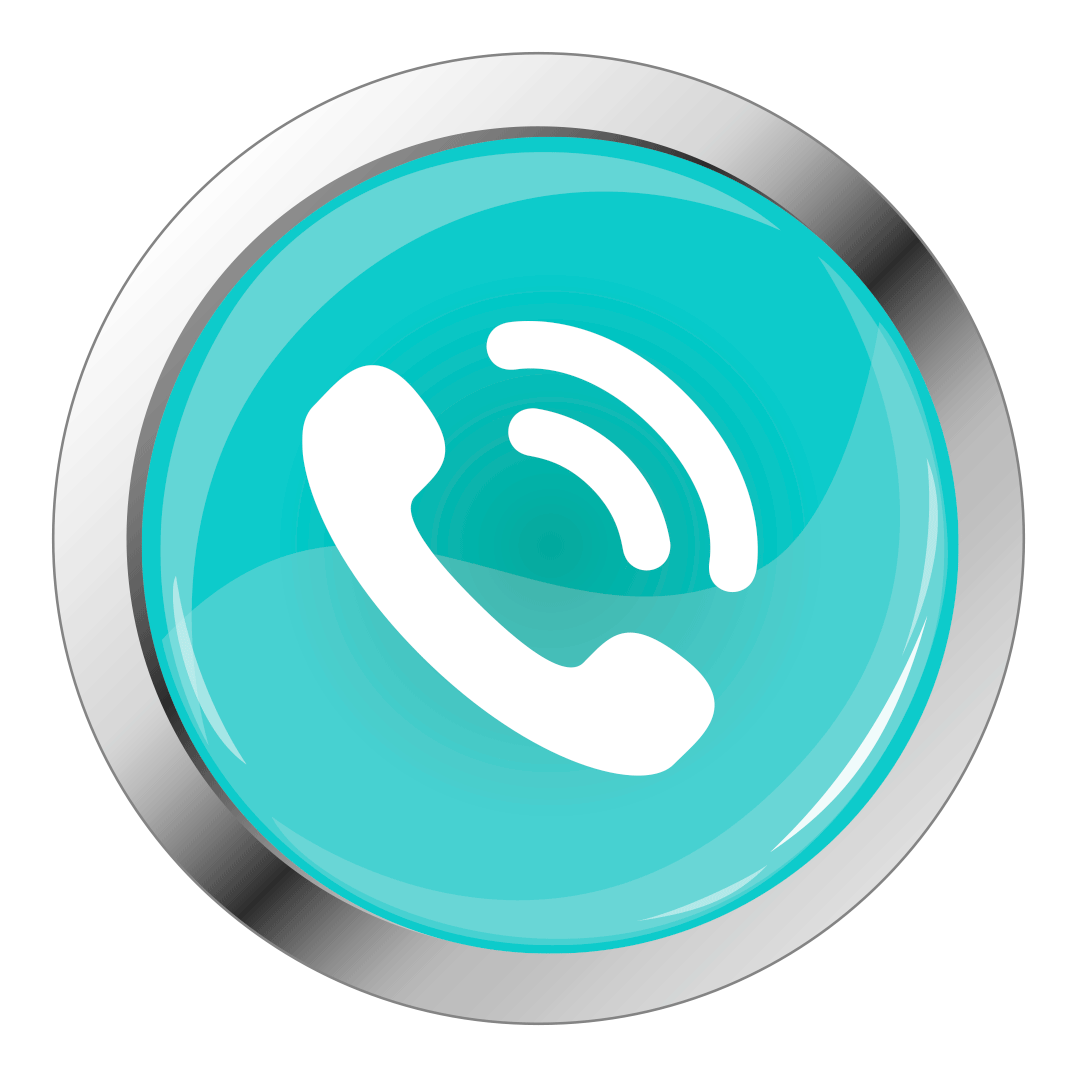Internet of Things
When we look around the world, we recognize that many of the objects in daily life are equipped with
identifiers and wireless connectivity; these objects can be communicating with each other and be managing
by computers. The Internet of Things (IoT) is a new hot buzzword in the technology area. It is the inclusion
of software and electronics in any device that is not usually considered computerized in nature. It gives
devices an ability to network and communicate with other devices to deliver more value.
In simpler words, the Internet of Things is mixing the physical world with the digital, wherein everyday
objects are embedded with technology � like sensors and Wi-Fi � to obtain a unique online identity and be
able to interact with their external environment. The definition of the Internet of things has evolved due to
merging of multiple technologies, real-time analytics, machine learning, commodity sensors and embedded
systems. Traditional fields of embedded systems, wireless sensor networks, control systems, automation
(including home and building automation), and others all contribute to enabling the Internet of things.
The Internet of Things, or IoT, refers to the billions of physical devices around the world that are now
connected to the internet, collecting and sharing data. A light bulb that can be switched on using a
Smartphone app is an IoT device, An IoT device could be as smooth as a child's toy or as serious as a
driverless truck, or as complicated as a jet engine (that's now filled with thousands of sensors collecting and
transmitting data back to make sure it is operating efficiently).
The term IoT is mainly used for devices that wouldn't usually be generally expected to have an internet
connection, and that can communicate with the network independently of human action. For this reason, a
PC isn't generally considered an IoT device and neither is a Smartphone. A smart watch or a fitness band or
other wearable device might be counted as an IoT device, however. The idea of adding sensor and
intelligence to basic objects was discussed throughout the 1980s and 1990s, but apart from some early
projects -- including an internet-connected vending machine -- progress was slow simply because the
technology wasn't ready.
Processors that were cheap and powerful enough to be all but disposable were required before it became
cost-effective to connect up billions of devices. The adoption of RFID tags -- low-power chips that can
communicate wirelessly -- solved some of this issue, along with the increasing availability of broadband
internet and cellular and wireless networking. The adoption of IPv6 -- which, among other things, should
provide enough IP addresses for every device, was also a necessary step for the IoT to scale. Kevin Ashton
coined the phrase 'Internet of Things' in 1999, although it took at least another decade for the technology to
catch up with the vision.
A NASSCOM and Deloitte report says India will soon have 1.9 billion IoT devices installed, with a market
size of $9 billion. Until recently, IoT has been restricted to big corporations like IBM, Bosch, Cisco,
Qualcomm and others, but not anymore. A study by research firm IDC estimates that, by 2020, there will
be over 28 billion objects with data exchange capabilities, or to simply put, part of the IoT space.

